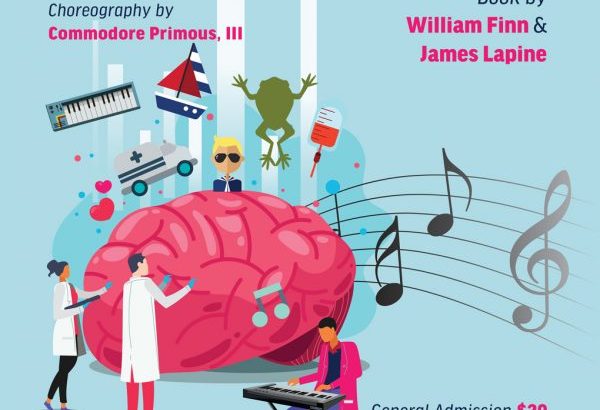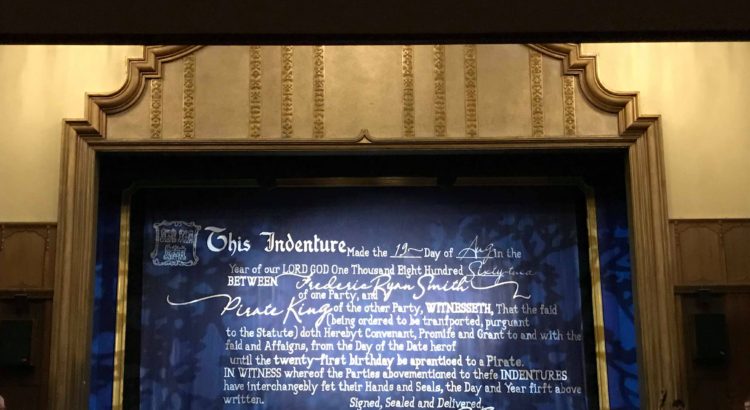A New Brain follows the life of Gordon Michael Schwinn, a composer who must write songs about green frogs, spring, and “yes.” SMTD delivered a wonderful performance of this one-act musical, despite some problems with the original book itself.
I walked out of the Arthur Miller Theatre amused, but also slightly confused by some of the character relations and the plot. The relationship between Gordon and his partner Roger seems tense from the beginning, and it seems to be because Roger is obsessed with sailing in the open waters and Gordon struggles to write the songs that are stuck in his head and can’t get out. Their tenuous relationship throughout the course of the musical just seemed off to me, though Luke Bove and Jack Mastrianni performed their roles wonderfully.
The minister seemed unnecessary to the whole thing, while the presence of the homeless lady also confused me a bit, since her appearances and interactions with the rest of the characters didn’t seem to add much to the rest of the musical. She consoles Roger, sells Gordon’s books, and sings a poignant song asking for change—both for physical money and social change. While that message rang true, it seemed rather out of place for this musical. However, once again, Daelynn Jorifand her powerful voice stirred lots of emotions, especially during her solo number “Change.”
Finally, moments of the plot confused me a little as well, especially as Gordon started to hallucinate or when he first fell into a coma and the progression of that. Madeline Eaton, who plays Gordon’s mom, also had a shining moment in her song, “The Music Still Plays on,” though it seemed to suggest that Gordon had actually died while he was in the coma.
Nonetheless, the stage props and transitions, as well as the creative use of the ensemble, pushed these questions to the back of my mind. Given the few problems I had with the characters and plot, the SMTD cast was exceptional, selling the whimsical humor that underlies the nature of this play. Owen Claire Smith as the Thin Nurse and James Young as the Nice Nurse contrasted each other perfectly with their sassy attitudes. Especially during numbers such as “Gordon’s Law of Genetics,” the over-the-top choreography and break from characters added much entertainment to a somber and serious topic for a musical. The idea of Gordon dying before he could get all the songs he wanted to write out into the world is a stark reality for many individuals who have so much potential, and yet life (and death) happens. Thankfully, A New Brain approaches this prospect with lots of light and energy, inspiring us to make the most out of the time we get and giving us all hope that it will work out in the end.







